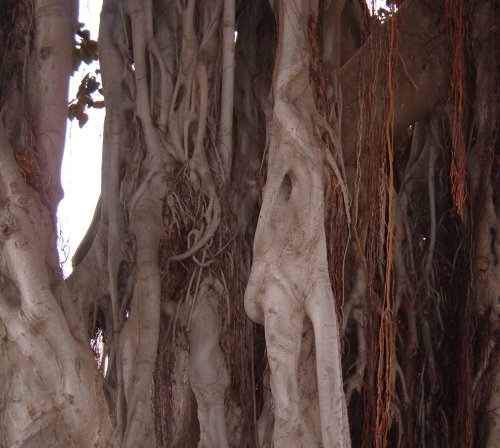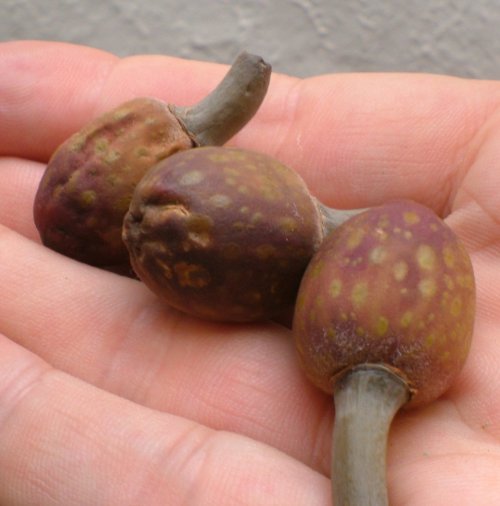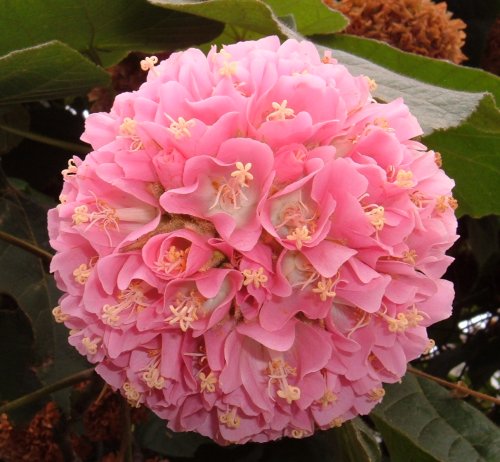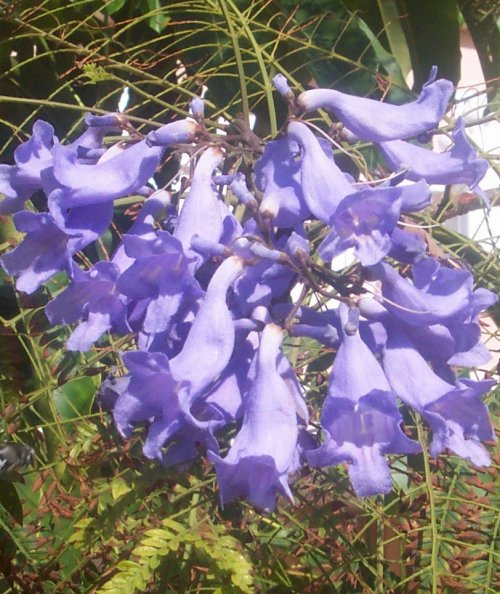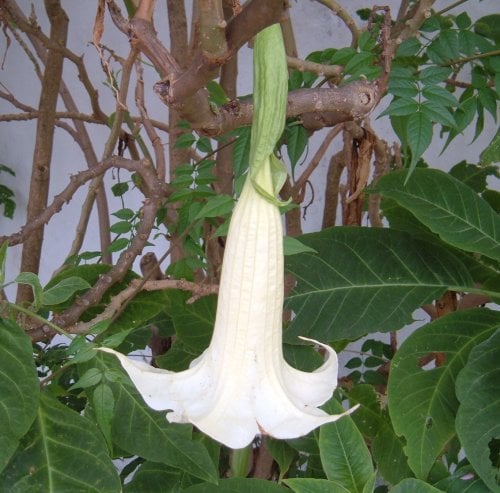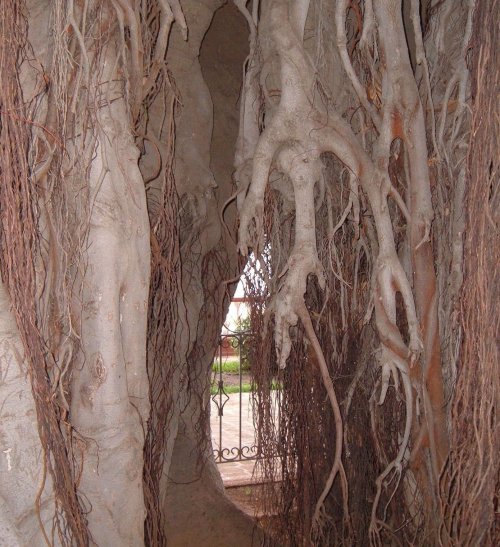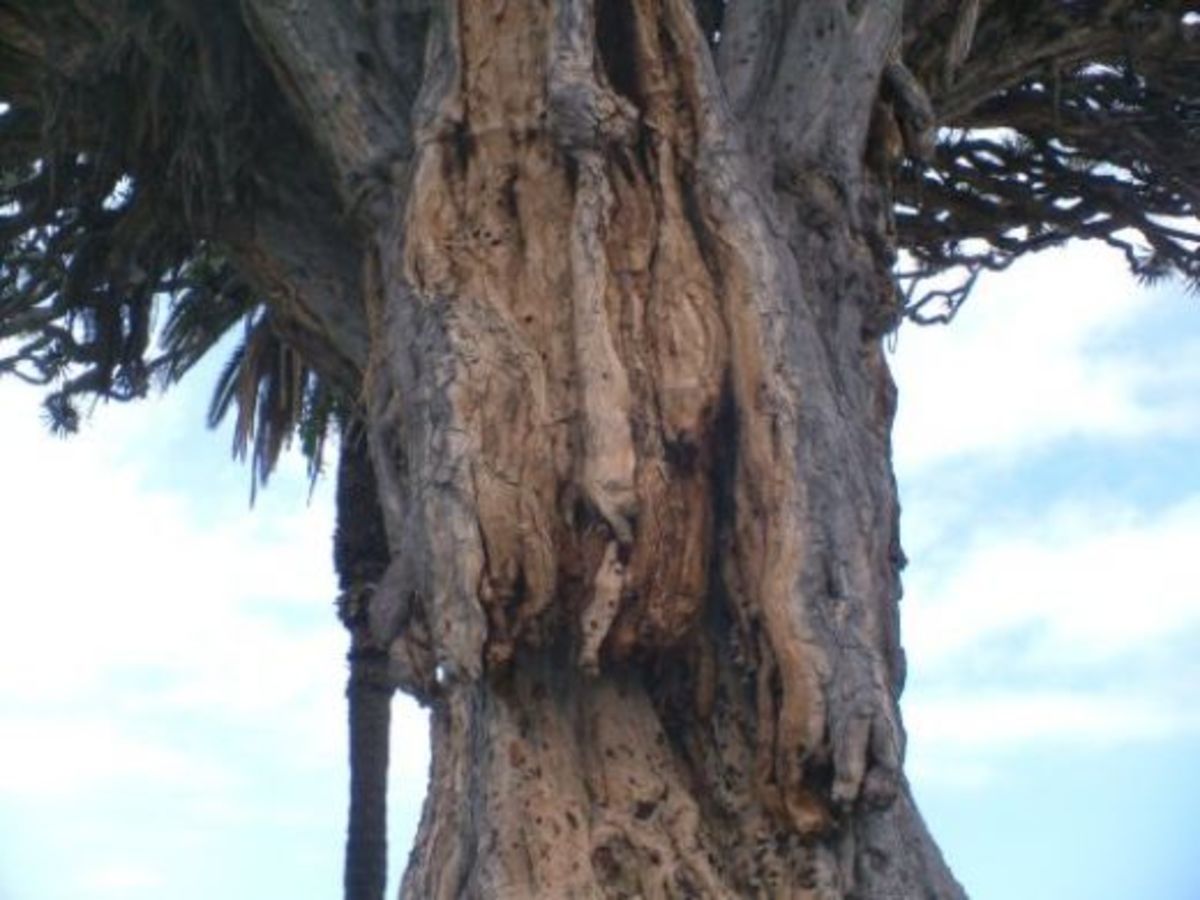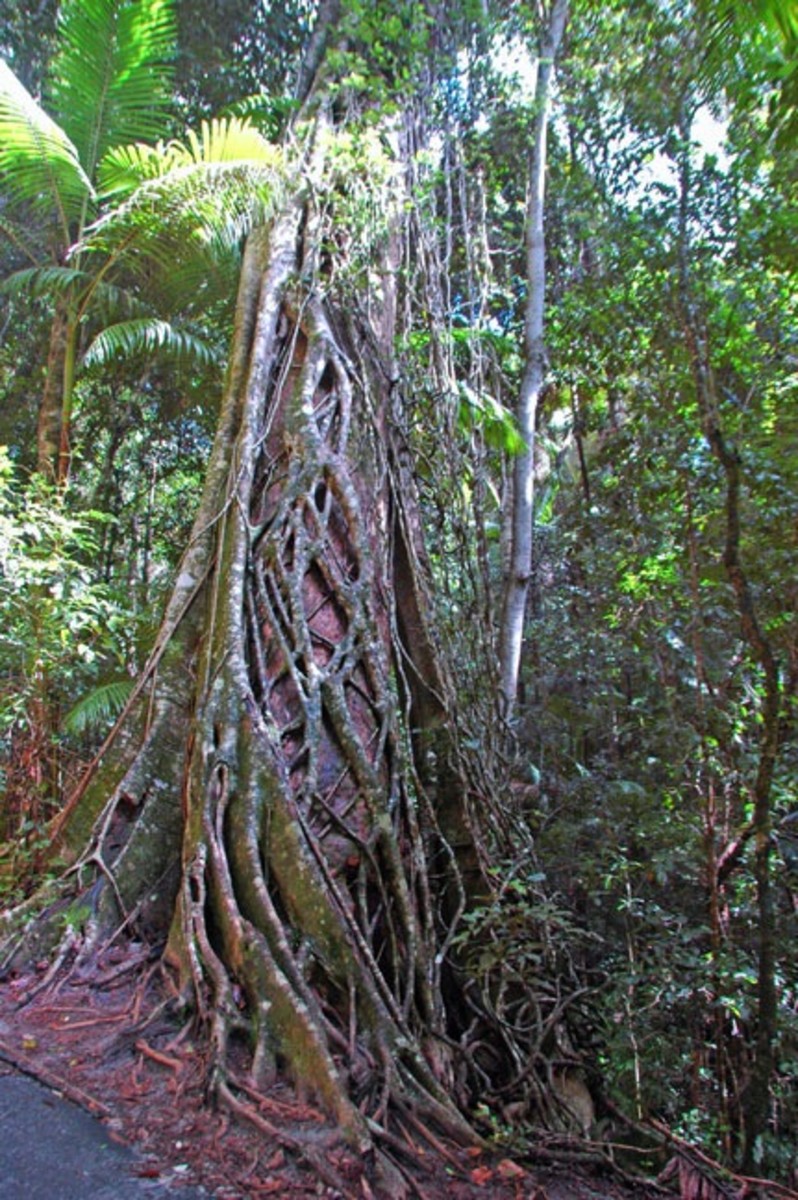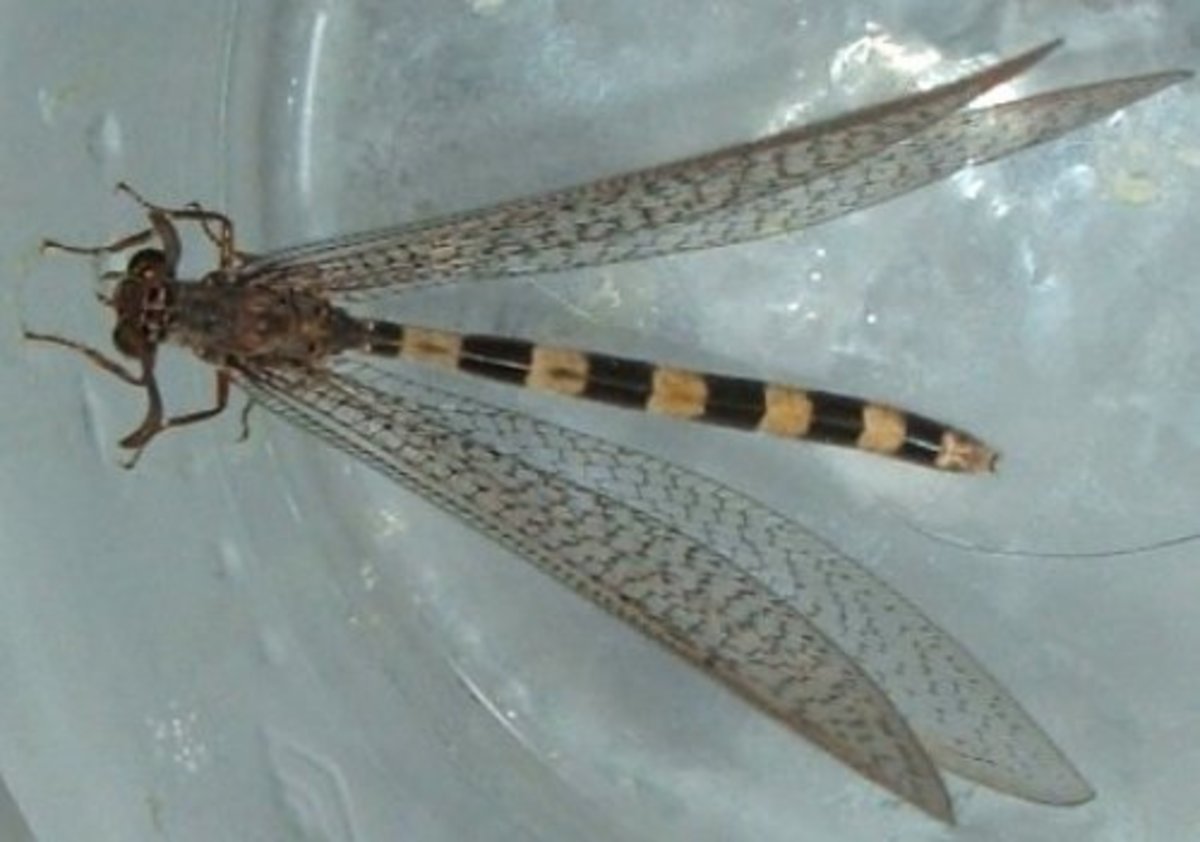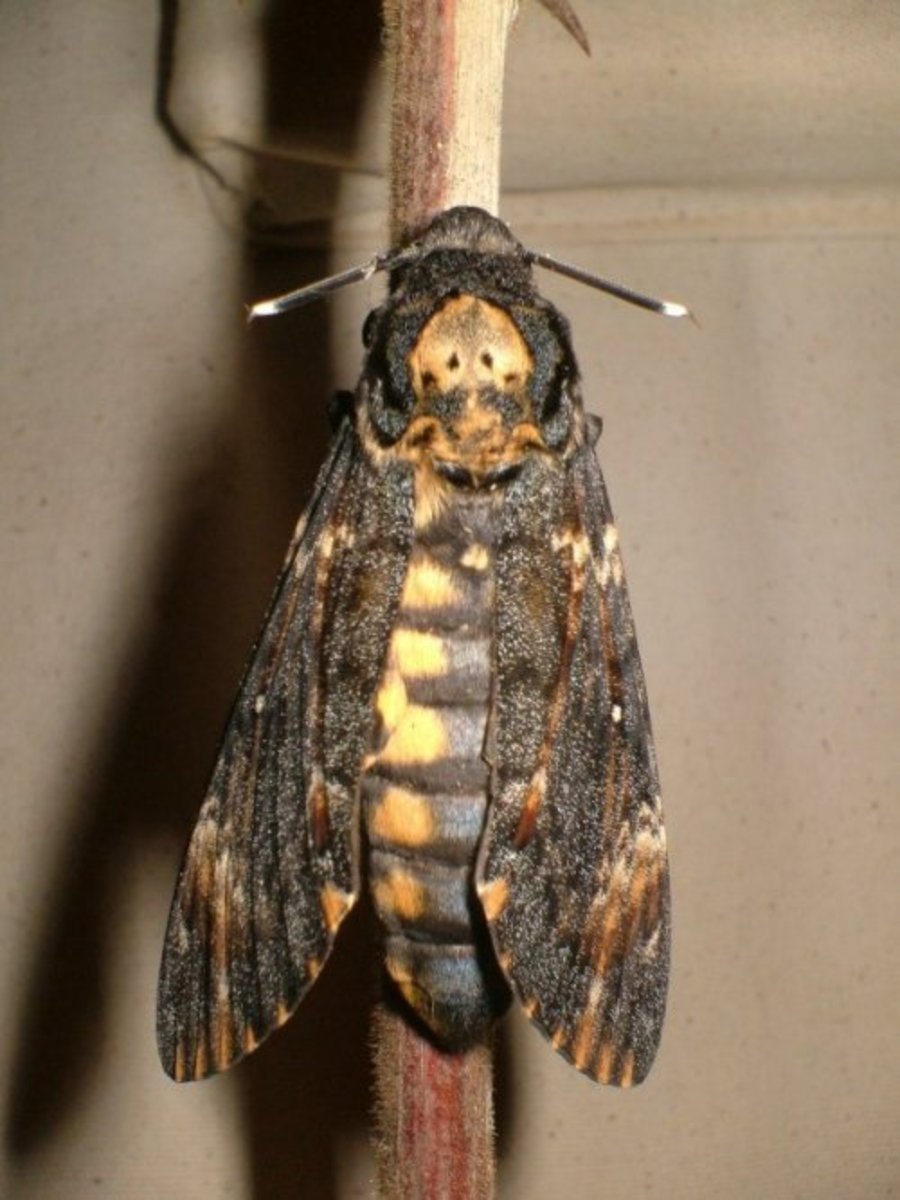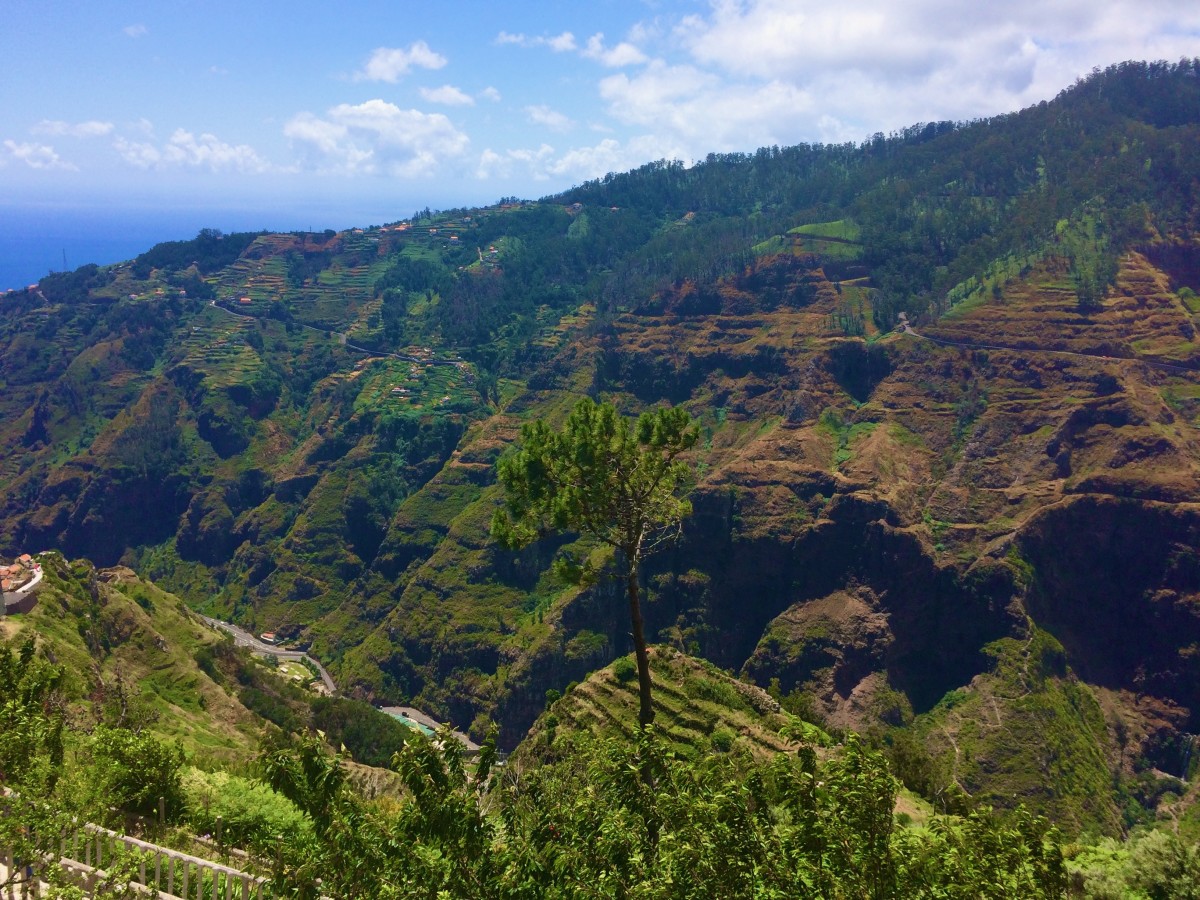- HubPages»
- Travel and Places»
- Visiting Africa»
- Travel to Northern Africa
Strangler from Oz gets a grip on the Canary Islands island of Tenerife - the Australian Banyan
Another mighty tree in Icod de los Vinos
Here in Tenerife in the Canary Islands, Icod de los Vinos is most famous for its mighty "Drago Milenario", the ancient Dragon Tree, believed to be between 1,000 and 3,000-years-old, but in the nearby square Plaza de la Pila is another tree that is equally amazing. The Moreton Bay fig or Australian Banyan (Ficus macrophylla) is one of the most fantastic trees I have ever seen.
The Moreton Bay fig has large glossy leaves, similar to those of the Rubber Tree (Ficus elastica) and reaches an enormous size, but what makes it look so fantastic are all the secondary trunks and aerial roots that hang down in a weird and wonderful tangle.
Where this tree grows wild in Australia and in other places where it has been introduced it is actually a threat to other trees because it is what is known as a "strangler fig." As a seedling it will take root in the branches of another tree and then as it grows kill its host by growing all over it. The Moreton Bay fig throws down roots that when they hit the ground start to thicken and eventually become sizable trunks.
Looking at the weird shapes in its mass of roots and branches it is easy to imagine bodies and strange animal forms. What is just as mind-boggling is to consider that this huge tree starts life as one of many tiny seeds that can be found in the small spotted fruits that drop onto the floor below.
There is a tiny insect called the Moreton Bay fig wasp (Pleistodontes froggatti) that the tree needs to pollinate its flowers and without its help it cannot produce seeds. I don't know if the wasp lives here but it seems doubtful because I don't see Moreton bay fig trees springing up all over the island.
Besides the Moreton Bay fig in Plaza de la Pila there are plenty of other plants and trees worth seeing. The Dombeya (Dombeya X cayeuxii) has pink ball-shaped flower heads that hang down among the leaves and stay on the small tree a long time after they have finished blooming.
It is also known as the Pink Snowball and even when they have become brown the flowers are still very attractive. They look very similar to hydrangeas and a related species is actually known as the Tropical Hydrangea (Dombeya wallichii).
The Angel's Trumpet (Brugmansia X candida) you simply can't miss too, with its huge white flowers that hang down and account for its descriptive name. This small tree is very beautiful to look at but is a femme fatale of a flower because all parts of the plant contain dangerous poisons and it is in the same family as the Deadly Nightshade (Atropa belladonna).
Moving around to the Plaza de Lorenzo Cáceres, which is next to Plaza de la Pila and overlooks the Drago Milenario, there are more great trees to look out for. There are some fine examples of the Screw Pine (Pandanus utilis), which have masses of roots growing out of and propping up the trunk. "Utilis" means useful in Latin and indeed this small tree is well described because the strange globular fruits are edible and fibres from the spiky leaves can be used to make ropes, baskets and straw hats.
The Church of San Marcos overlooks the square and inside there is a Museum of Sacred Art and an incredible silver filigree cross from Mexico. The church and its artwork are popular with tourists and visitors to Icod but for me you can't beat the trees and flowers.
Forming a stately avenue outside the church are rows of Jacaranda trees (Jacaranda mimosifolia) and when they are in full bloom with masses of lilac-blue flowers they are a real sight to behold.
As well as the beautiful flower heads the Jacaranda has large ferny leaves and carries strange woody seedpods that hang down in small bunches. I think of them as being like little purses full of flattened and winged seeds - the tree's money.
Both the Plaza de la Pila and the Plaza de Lorenzo Cáceres are used for celebrations at times of fiestas, and for most of the year, outside the church there are usually stallholders selling a range of jewellery and artwork. When the Jacaranda blossoms fall on the paving stones like floral confetti, it is as if the trees are celebrating too. In Australia this tree is so popular that they even hold Jacaranda festivals and I can see why.
Looking across the road from the square outside the entrance to the church you get a splendid view of the Drago Milenario in the Parque del Drago. The name of the park is plainly displayed on the wall beckoning you to go and see the most famous Tenerife tree of all.
Footnote: First published in the Tenerife Sun
For more info please see: http://en.wikipedia.org/wiki/Ficus_macrophylla
Moreton Bay Fig and other photos
